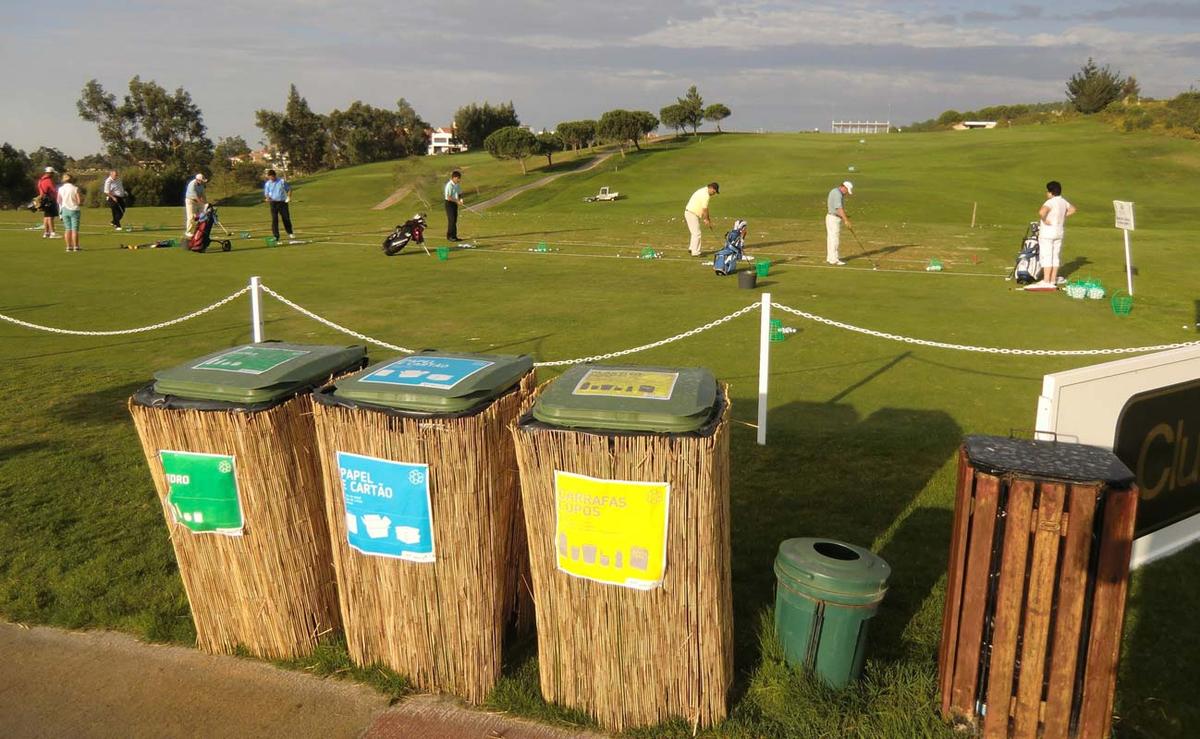There is an increasing trend in the hospitality business to eliminate single-use plastics, including plastic straws. World plastic production has risen to over 300 million tonnes per year. It is foregone conclusion that plastics have adverse impact on our environment, since the same is not bio-degradable.
Plastic is one of the most commonly used material in modern day society, due to low production costs, and since this material can easily be mounded to wide range of applications and products.
Further it has vast application for products of disposable nature, as such they contribute to pollution in water bodies as well as land, when used as single use products.
Some of the following facts may concern you: -
- 8 mn tonnes of plastics winds up in our oceans
- 1 mn plastic bottles are bought worldwide making an approximate total of a trillion in 2021
- Nearly a tonne a day ends up in our waters, a staggering amount considering plastic is not biodegradable.
Golf courses, though, essentially, environment friendly, do their bit to add to the pollution in terms of creating plastic waste, such as crockery and cutlery made from single use plastics, plastic tees and golf balls
Plastic Pollution And Golf Clubs

Accordingly, the Golf Clubs also need to combat the plastic problem. Some of the efforts initiated globally so far as under: -
The associations of Sweden, Portugal, Switzerland, South Africa, Netherlands, Flanders, Scotland, England, Italy, Iceland and South Africa have made the first steps forward to set new leadership targets and provide further support to grass roots clubs.
They also partnered with the Golf Environment Organization who is well-known for its online programme for the sustainable golf course management.
A 2017 Chemical and Engineering News report estimated 1.2 billion golf balls are made every year, and only a fraction of all the plastic pollution that reaches our oceans.
A major part of OnCourse® is devoted to ‘sustainable materials’, with explicit guidance and resources to help facilities achieve zero waste to landfill and to minimize/eliminate the use of petroleum-based and single-use plastics.
You may reduce the use of plastic bags in your golf club by implementing the following four suggestions:
- Avoid using throwaway cutlery and straws.
- Use washable cutlery and crockery
- Plastic bags should not be offered as a disposal option.
- Water dispensers and reusable bottles should be made available to guests.
- Persuade vendors not to use plastics for packaging.
- Prepare and implement sustainable policy on plastics
- Golfers be asked to use no/ limited plastic.
- Use of biodegradable tees, golf balls and any other golf equipment
How does Golf in India help in Environment Friendly Aspects?
In India, it is pointed out that the golf courses consume millions of gallons of water, and use chemical fertilisers and pesticides and require detailed operations and maintenance practices.
Today, however, golf courses are increasingly using treated sewage water and use automatic irrigation only in key play areas. Organic fertilisers and sustainable maintenance practices are also reducing contamination and carbon footprint.
Most Golf Course add value to the neighbourhood because they are picturesque and provide habitat for various land and aquatic animals besides being able to recharge ground water and filtering storm water runoff. The turf also protects topsoil from wind erosion.
More and more golfers are adopting sustainable lifestyles and becoming ecologically aware. Consumers choose socially or environmentally responsible brands, according to a Unilever poll conducted last year. Golfers aware of the ecological concerns are choosing environmentally friendly golf courses and bio degradable golf equipment.
Environment Friendly Practices at Golf Garage
Golf Garage, from its very objective and business operations is into environment friendly process of reusing the used sets, thereby reducing the waste substantially in the Golfing sector. Besides, reuse, our business, reducing the carbon footprints of that many golf sets and allied equipment, which have been replaced by the process of this reuse.
Further, 98% of the materials used by the Golf Garage for packing are biodegradable and reusable, thereby contributing substantially to the sustainable environment and reduction of the carbon foot print.
Conclusion
Even as Golf Courses in the Urban Areas are popularly promoted as providing green lungs and an area facilitating the recharge of the water table during monsoons, there are certain practices and equipment/ materials used for maintenance and operation of the Golf Courses which can result in pollution of the land and air. Towards this end, Golf Courses must work relentlessly to work on environment friendly practices.




















Stinger Golf —
Thanks for sharing this blog.this blog is very useful.